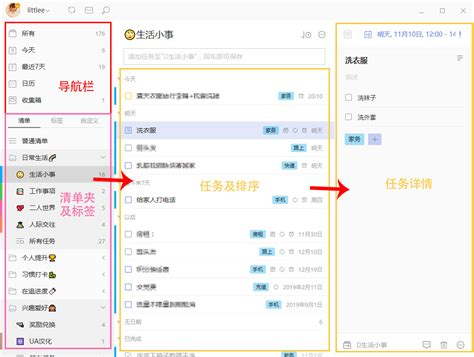When it comes to software development, timing is crucial. Just like the ticking of a clock, every operation in a program has its own timing requirements that can affect the overall performance. Let's delve into the world of timing and performance optimization in programming:
In programming, timing refers to the speed and sequence of operations within a program. This includes how long it takes for a specific operation to execute, when certain events occur, and how different parts of the program interact over time.
Timing can be influenced by various factors such as hardware specifications, the efficiency of algorithms, the size of data being processed, and external factors like network latency.
To improve the timing and performance of a program, developers can employ various optimization techniques. Here are some common strategies:
Choosing the right algorithms and data structures can significantly impact program performance. Efficient algorithms reduce the number of operations required to complete a task, leading to faster execution times.
Optimizing code involves writing efficient and concise code to minimize resource usage. Techniques like loop unrolling, inlining functions, and reducing branching can improve performance.

Utilizing parallel processing techniques such as multithreading or distributed computing can help distribute workloads across multiple processors, improving overall performance.
Utilizing caching mechanisms to store frequently accessed data can reduce latency and improve response times. Techniques like memoization and caching computations can enhance performance.
Measuring and analyzing performance is essential for identifying bottlenecks and areas for improvement. There are various tools available for performance monitoring and optimization:
Profiling tools help developers analyze the performance of their code by identifying hotspots, memory leaks, and inefficient algorithms. Popular profilers include VisualVM, Xcode Instruments, and Intel VTune Profiler.
Benchmarking tools compare the performance of different implementations or versions of a program. Tools like Apache JMeter, Geekbench, and JMH (Java Microbenchmark Harness) can help evaluate and optimize performance.
Monitoring tools track the realtime performance of applications and systems. Tools like Prometheus, Grafana, and New Relic provide insights into resource usage, response times, and error rates.
Following best practices can help developers ensure optimal timing and performance in their programs:
Define specific performance targets and benchmarks to measure the effectiveness of optimization efforts.
Continuously analyze the performance of the program using profiling and monitoring tools to identify and address bottlenecks.
Focus optimization efforts on critical sections of the code that have the most significant impact on overall performance.
Test the performance of the program under various conditions, such as different inputs, loads, and environments, to ensure consistent performance.
Timing and performance optimization are essential aspects of software development that can make a significant difference in the user experience and efficiency of a program. By understanding timing concepts, employing optimization techniques, using performance measurement tools, and following best practices, developers can create highperformance software that meets the demands of modern computing.